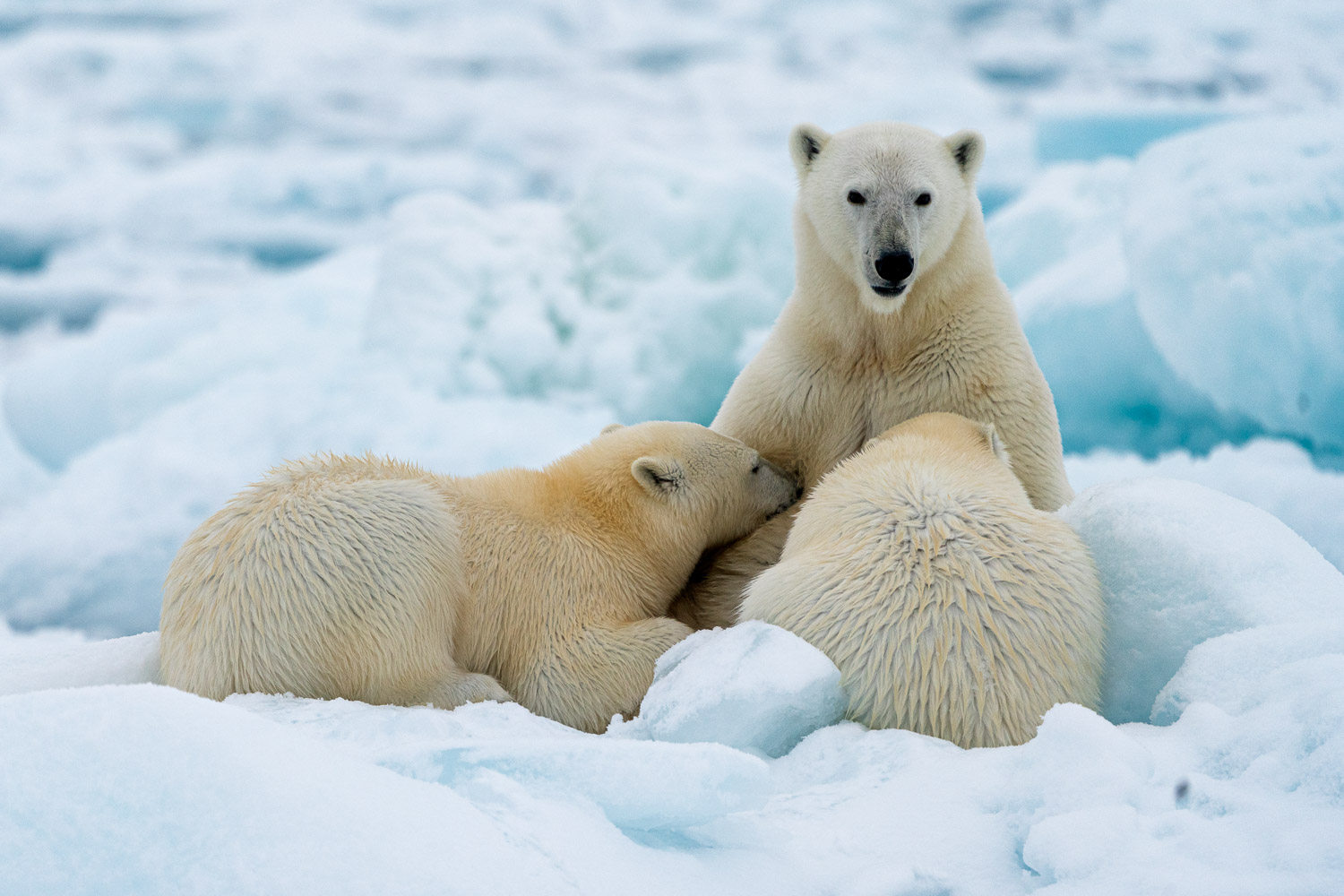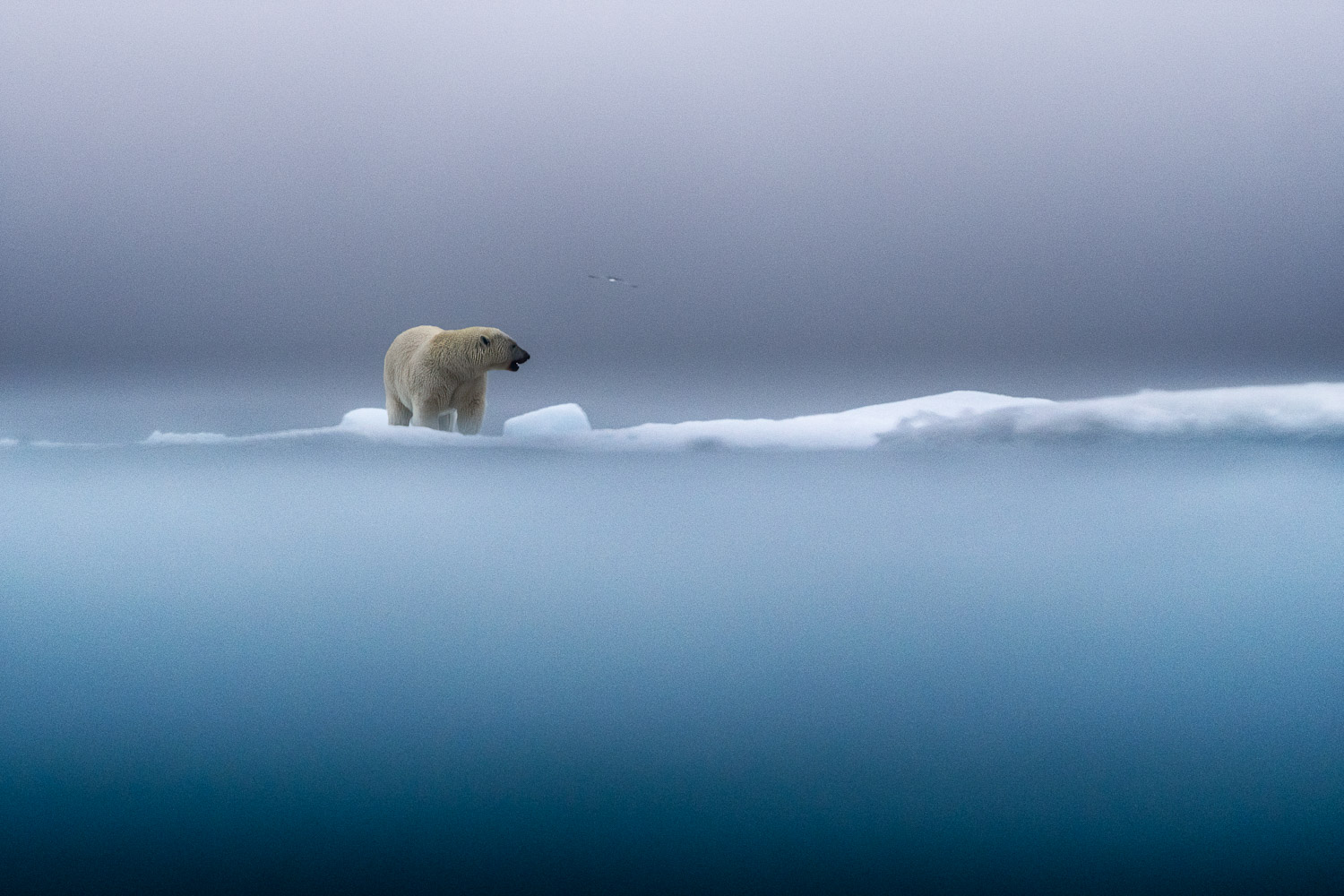Polar Bear Photography
Polar bears are the classic symbol of the Arctic. They are the top predators of the north, associated with physical strength and extreme adaptations that make living on sea ice possible. Polar bears have long been important to spiritual beliefs and rituals in old Inuit cultures and are also popular in modern societies. Today, polar bears are on the top-10 list of species to photograph for most wildlife photographers, together with animals like lions, tigers, and elephants. As an elusive species it is not everywhere or everytime you can expect to photograph Polar bears in the wild and there are some preparations and research you should do before booking a Polar bear photography tour.
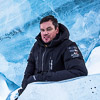 | Text & Photo by Ole J Liodden Last updated: 05.05 2025 |
Where to Photograph Polar bears
Polar bears are found throughout the Arctic in the northern parts of the United States (Alaska), Canada, Greenland, Norway (Svalbard) and Russia. Most polar bears live between 60° N and 80° N along the shallow continental shelf, where sea ice covers the Arctic Ocean most of the year. The southernmost polar bears are found in Canada as far south as 51° N in James Bay and 48° N along the coast of Newfoundland and Labrador. The distribution of polar bears is restricted to areas with available sea ice, but they are not found in Iceland or the northern part of mainland Norway that lies north of the Arctic Circle. Some areas within polar bear territory, like the southern tip of Greenland and the island of Newfoundland, may only have polar bears in years with sufficient sea ice accumulation. There are seven main areas for photographing polar bears in the Arctic, as shown on the map below.
Why Svalbard is the best place for Polar Bear Photography Tours
You can photograph polar bears in all seven areas described above, but the accessibility and your chances for good photo opportunities might be limited, when you’re going down the list (from 1 to 7). Many photographers that have been around in the Arctic claim that Svalbard is the best place for participating on a Polar bear photography tour, and there are some good reasons for that.
With the high popularity for watching and photographing polar bears in Svalbard there are also a few disadvantages. More travellers and photographers have visited Svalbard in the last years, and it is important to escape from the crowd with a small expedition ship, not attend a big group. The new environmental laws in Svalbard (from 1. January 2025) will also limit how close you can observe and photograph polar bears, but with an ice-strengthened expedition ship it will still be possible to be quite close to polar bears in the pack ice north of Svalbard.
FAQ - Good to know about Polar bears
Best time for photographing Polar bears
Polar bears can be photographed in Svalbard all year, but from late October to the beginning of March it is very limited with light - with the Polar Night lasting from November 14th to January 29th. From mid March the days are getting longer with more light and it is practically possible to photograph polar bears until late October when the days are getting shorter. Below you have four seasons for photographing Polar bears in Svalbard – lasting from mid-March to mid-October – with some suggested dates for Polar bear photography tours you can join to get amazing pictures.
Polar Bears in Winter
Svalbard's winter light is extraordinary, with low-angle sunlight and blue and pink colours over snow-covered mountains in March and early April. A polar bear against this backdrop can be spectacular, even from a distance. From mid-April the return of the midnight sun provides long nights with golden light in orange, yellow and red colors. Polar bear mothers with cubs might be seen on the sea ice, and with mating season and good seal hunting conditions, the bears are very active in late winter.
With a lot of sea ice and areas not accessible with expedition ships, it is more difficult to find and photograph polar bears than later in the season. If you have never photographed polar bears before it is safer to visit Svalbard in summer or autumn when they are easier to find, and rather try a winter expedition when you already have photographed a few polar bears.
Polar Bears in Spring
Springtime in Svalbard is a hectic period with melting sea ice and many species enter their breeding seasons. Polar bears are highly active, hunting for seals on the sea ice or around breathing holes, often found in front of glaciers with remaining fjord ice.
Polar Bears in Summer
The summer in Svalbard is brief, with sea ice retreating rapidly by July. Some polar bears follow the ice northward to continue seal hunting, while the rest choose to stay on land. Photographing bears on drifting sea ice can provide stunning pictures.
Polar Bears in Autumn
Autumn brings magic light to Svalbard, with long sunsets and sunrises. Polar bears are still active in the pack ice, hunting for seals more than 100 km north of land. Onshore, bears are typically resting or scavenging for whale or walrus carcasses.
Best lenses for Polar Bear photography
When travelling to the remote wilderness in the Arctic you want to bring the photo equipment that can secure your desired pictures. Below is a list of lenses and photo equipment you should consider to bring.
Important camera features for Polar bear photography
It is also very important what camera you mount behind the lens. Click in the drop-down menu below to read more about main camera features to consider before photographing polar bears in the Arctic.
Other Expert Tips on Polar Bear Photography
Please see below for additional Expert Tips on Polar Bear photography:
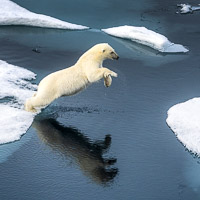 | Expert Tips Freeze the Moment Last updated: 16.04 2025 |
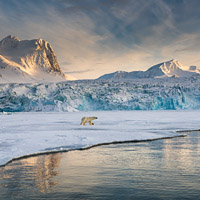 | Expert Tips Wildlife in the Landscape Last updated: 24.04 2025 |
WildPhoto Travel is a leading photo expedition company - specialized in polar regions. Since 2006, we have offered great photo opportunities for our guests and partners.
































